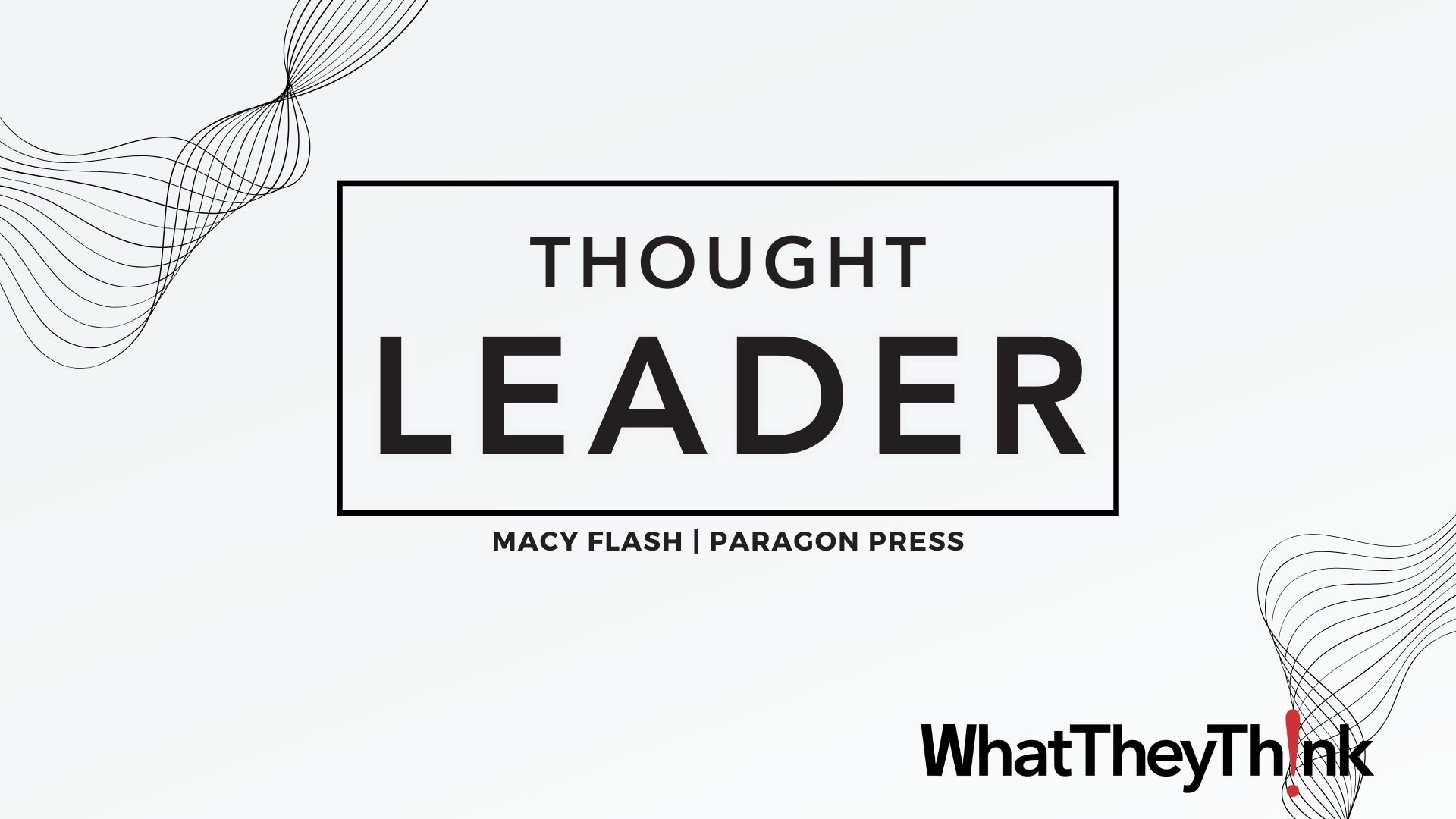Clear Image Printing Combines Creative Talent And Mitsubishi Sheetfed Technology
Press release from the issuing company
GLENDALE, Calif. -- Anthony Toven likes to think of his company, Clear Image Printing, asmuch an inventor as a printer. The 15-employee shop experiments with different printing techniques, materials and designs to create colorful, eye-catching products. The tools in Clear Image Printing's arsenal range from metallic inks and pearl varnishes to magnetic paper and even a sewing machine.
"We focus on printing that is visually interesting," Toven said. "And in the process, we have fun with what we are doing."
High-end five-color and six-color work, such as self-mailers and booklets, for museums, art centers and other discriminating clients in Los Angeles County is a Clear Image Printing specialty. When Toven, a print broker and salesman, launched Clear Image Printing in June of 2006, he was adamant about keeping all production processes in-house. He outfitted each department in the 9,000-square-foot manufacturing facility with the necessary technology to make that happen.
For its bread-and-butter sheetfed press, Clear Image Printing chose a six-color Mitsubishi Diamond 1000LS with coater. The 28-inch press features a spectrophotometer-based closed-loop color-control system and ColorLink CIP3/4 server to transmit prepress data to the computerized press console.
"The Diamond 1000LS is the right size and right configuration for this stage of our company's history," Toven noted.
The pressroom also houses a one-color and a four-color Ryobi for small-format printing.
In prepress, the printer operates an Agfa :Avalon computer-to-plate (CTP) device. The platesetter images Agfa's :Azura chemistry-free plates. The bindery contains a mix of equipment, including a Rollem TR36 die-scoring system, Rollem Auto-4 CPS numbering machine, MBO 26 folder, two Polar cutters and a Heidelberg saddle stitcher.
"Maintaining this level of production control was an easy decision for us," Toven said. "It pays off by reducing cycle times and providing consistent quality."
Typical run lengths for most of Clear Image Printing's jobs are approximately 5,000 sheets. However, the company routinely handles bigger projects, and recently completed a 180,000-piece run. On the low end of the spectrum, some specialty projects can be in the hundreds of pieces.
One client, for example, ordered 100 booklets that required metal sheets to be mounted between two printed paper sheets. The metal provided a conductive surface that magnets could stick to.
"The job used three forms," Toven said. "We ran 10-by-18-inch magnetic sheets through the press and then die-cut the magnets to the client's specifications. Chipboard was placed in the press delivery to prevent the sheets from sticking to exposed metal."
For a customized invitation project, Clear Image Printing bought a Singer sewing machine to attach clothing hang tags to the invitations and seal the right side of the envelopes.
Toven noted that Clear Image Printing frequently uses spot varnishes with tints, as well as dry trapping.
"It isn't usual for jobs to pass through the press twice or four times to achieve the desired effects," he said.
Toven was familiar with 28-inch Mitsubishi presses as a sales representative for another printing company when he decided to go into business for himself. Toven said experience taught him that he could count on Mitsubishi presses to deliver sharp images, solid ink coverage and printed sheets that were free of imperfections on coated and uncoated stock.
"I've seen streaking problems with other presses, but not with Mitsubishi presses," he said. "I've never heard any complaints about the way Mitsubishi presses print."
Toven pointed to makeready speed as one of the biggest advantages of Mitsubishi presses. Clear Image Printing's press incorporates automated plate changing. ColorLink allows the press to automatically preset ink keys from plate data imported from prepress. The color-control system helps press operators make customer-indicated color changes and maintain those color values during the entire run.
"We can set up a six-color job in 10 minutes," Toven said. "Our clients are amazed. The makereadies are so quick that we're competitive on long runs."
Based on current print volume, Toven is optimistic that Clear Image Printing will realize between $2.5 million and $3 million in revenues in its first 12 months in business. In fact, he already is looking ahead to expanding the company's printing capabilities.
"We have been doing enough long runs that we will be weighing the 40-inch option soon," Toven said. "In the meantime, we want to concentrate on adding more sales."
Clear Image Printing's proactive approach extends beyond technology. In addition to the latest production equipment, Toven has surrounded himself with dedicated staff that shares his enthusiasm for printing. These include members of the Toven family.
"My father is the bindery supervisor, and my brother is a press operator," Toven said. "One of my cousins is the prepress operator. We have good people. Everyone works together as a team and understands the importance of keeping customers happy and creating quality pieces."
Video Center
- New RISO Printing Unit Offers Easy Integration for Package Printing
- March 2024 Inkjet Installation Roundup
- Inkjet Integrator Profiles: Integrity Industrial Inkjet
- Revisiting the Samba printhead
- 2024 Inkjet Shopping Guide for Folding Carton Presses
- The Future of AI In Packaging
- Inkjet Integrator Profiles: DJM
- Spring Inkjet Update – Webinar

WhatTheyThink is the official show daily media partner of drupa 2024. More info about drupa programs
© 2024 WhatTheyThink. All Rights Reserved.








